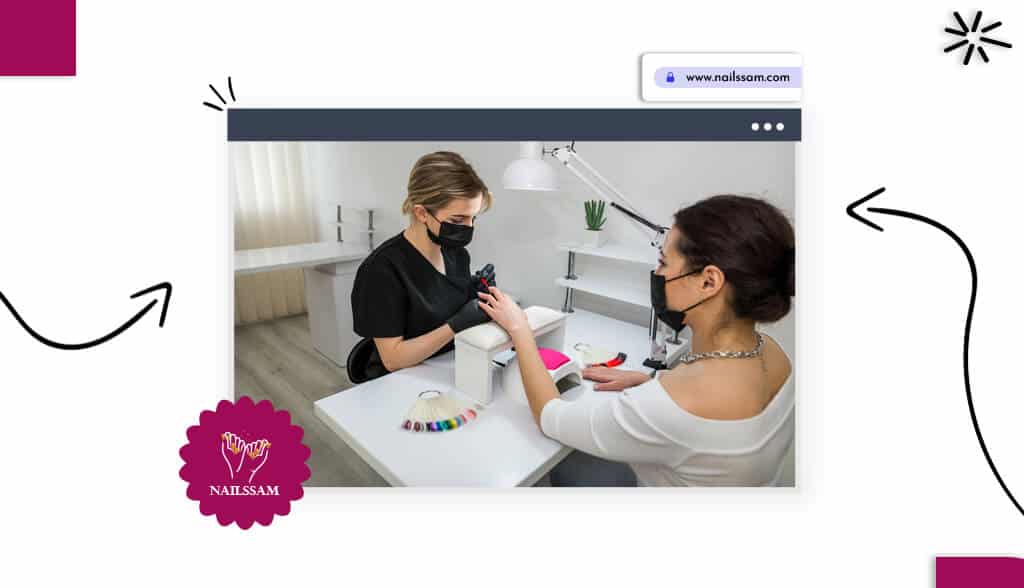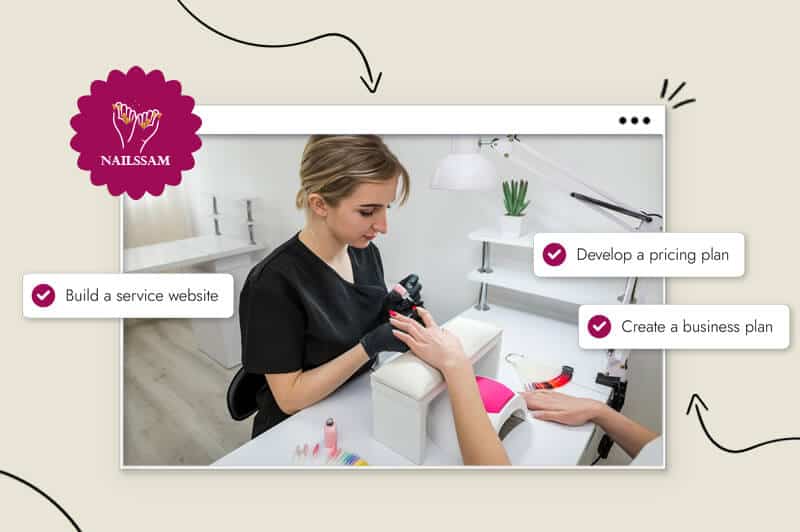
You’re not interested in selling a physical product; instead, you want to provide customers with a service like coaching, graphic design, financial advising, or housekeeping. Well, that means you’re a service-based business. Welcome to the club!
But before you jump ahead, it’s important you know the process for starting a service-based business. That way, you can ensure your business will not only have a good start but will run smoothly.
So what is a service-based business? Well, it’s a business model that focuses on fulfilling the needs of its target customers by creating services for them.
Let’s say, for example, you’ve noticed there isn’t a form of therapy for workaholics. So, you decide to become a life coach and target people who work too much. That’s a service-based business.
What service-based businesses are most known for is the fact they do not have a physical product; rather, they provide a service. They help customers fulfill a need or solve a problem.
Another example of a service-based business is a wedding planner. They’ll book the venue, decorate it, and ensure everything goes smoothly on the big day.
Now that you know what a service-based business is let’s talk about how to start a service-based business.

Service-based businesses are wildly popular because they usually cost less to get started. But don’t be fooled—starting a service-based business takes planning and work. Let’s get into it.
You have tons of ideas to choose from when it comes to service-based businesses. But you want to choose an idea that connects with you.
So, before jumping one step ahead, take the time to see what business idea would match your lifestyle and interests. Then, see if your idea has a place in the market. You can find this out by doing online research, asking friends and family who would be ideal customers, and seeing what they have to say.
For example, let’s say you’re interested in becoming a housekeeper. Do some online research and see the types of housekeepers and how you feel you’d fit best in the industry. You can be a housekeeper for expecting parents or offer special housekeeping services for homes with pets.
After you choose your niche, do some research on your local competition and see their prices and services. Ask yourself, how can I stand out? For example, why do people hire housekeepers? Are they looking for cooking services as well?
Now that you have your business idea, it’s time to get it up and running. Since you don’t have a product, you’ll want to create a service website that illustrates what you offer and helps create a professional look for customers.
Choose a website builder that provides you with all the tools you need to run your business. Perhaps you’ll want customers to pay online, and if so, you’ll need a website builder that includes a payment gateway system.
Aside from building your website, you’ll also need to get the domain name of your business name.
No one likes planning things out, but you don’t want to skip this step. Having a business plan helps you focus on the important parts of your business and gives you a path to follow.
Your business plan includes the purpose of your business, how it’s going to operate, finances, and future goals.
To start your business plan, and learn about it in more detail, read this post on how to create a business plan.
Many people opt for a service-based business because the starting costs are relatively low. That said, it’s still going to cost you some money to get started. To get your business running, you need to know how much you need to invest in it.
Let’s continue with the housekeeping business idea. To get started, you’ll need transportation and cleaning supplies.
Write down a list of everything you need to start your business and the costs associated with each item. This will also help you decide how much you’re going to charge for your services.
Now that you have the base of your business established, it’s time to get it registered. First, decide what type of business you wish to have: sole proprietorship, LLC, DBA, etc. Click here to learn about all the business models you can choose from.
Registering your business opens up many doors, as you can open a business bank account and apply for business credit cards and small business loans. All businesses based in the US must have an Employer Identification Number (EIN). If your business is outside of the US, you’ll want to check your local laws as they may vary.
This part is never easy. You don’t want to price yourself too low and not make any profit; price yourself too high, and you may discourage customers from hiring you. It’s all about finding that balance.
First, decide on the pricing model for your business:
Hourly rate: This is very popular among businesses. For example, if you’re a nutritionist or masseuse, you can price your services by the hour.
Package rate: This is equivalent to a flat fee. This is a good pricing plan if you have a business where customers choose multiple services. You can combine services and charge a package rate.
Value-based pricing: This is based on the customer’s perceived value of the service. For example, if you’re a website designer, you can charge more for your fees as you have specialized skills that will benefit the customer.
Now that you have everything ready to go, it’s time to get eyes on your business. You want people to fall in love with your business and keep coming back. The best way to connect with your customers is by understanding where they spend their time online (this is why audience research is so important).
There are two main ways to connect with your audience:
Email marketing: Don’t underestimate a good email. People tend to check their email more than their social media profiles. Sending out emails can help create awareness and drive traffic to your website. So, email is where you want to be.
Social media marketing: You have a bunch of social media platforms where your customers may be. But you don’t want to be on all of them. What’s important is you narrow down where they spend their time. Once you know, focus on those specific social media platforms.
For example, if you’re a graphic designer, there’s a high chance your audience is on Instagram, as it’s a visual-based platform. Using relevant hashtags can help you connect with your target audience.
While you should connect with your audience via email and social media, don’t forget to put your business on Google. By using Google Business Profile, your business will pop up in the Google search results. So, your business will show up if someone local is looking for a graphic designer.
Now that you have everything you need to get your service-based business up and running, it’s up to you to do it.
This portion of our website is for informational purposes only. Tailor Brands is not a law firm, and none of the information on this website constitutes or is intended to convey legal advice. All statements, opinions, recommendations, and conclusions are solely the expression of the author and provided on an as-is basis. Accordingly, Tailor Brands is not responsible for the information and/or its accuracy or completeness. It also does not indicate any affiliation between Tailor Brands and any other brands, services or logos.
Products
Resources
@2024 Copyright Tailor Brands